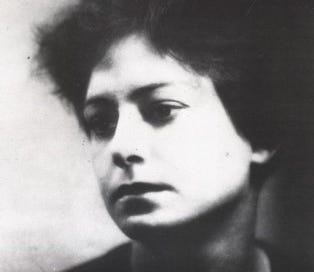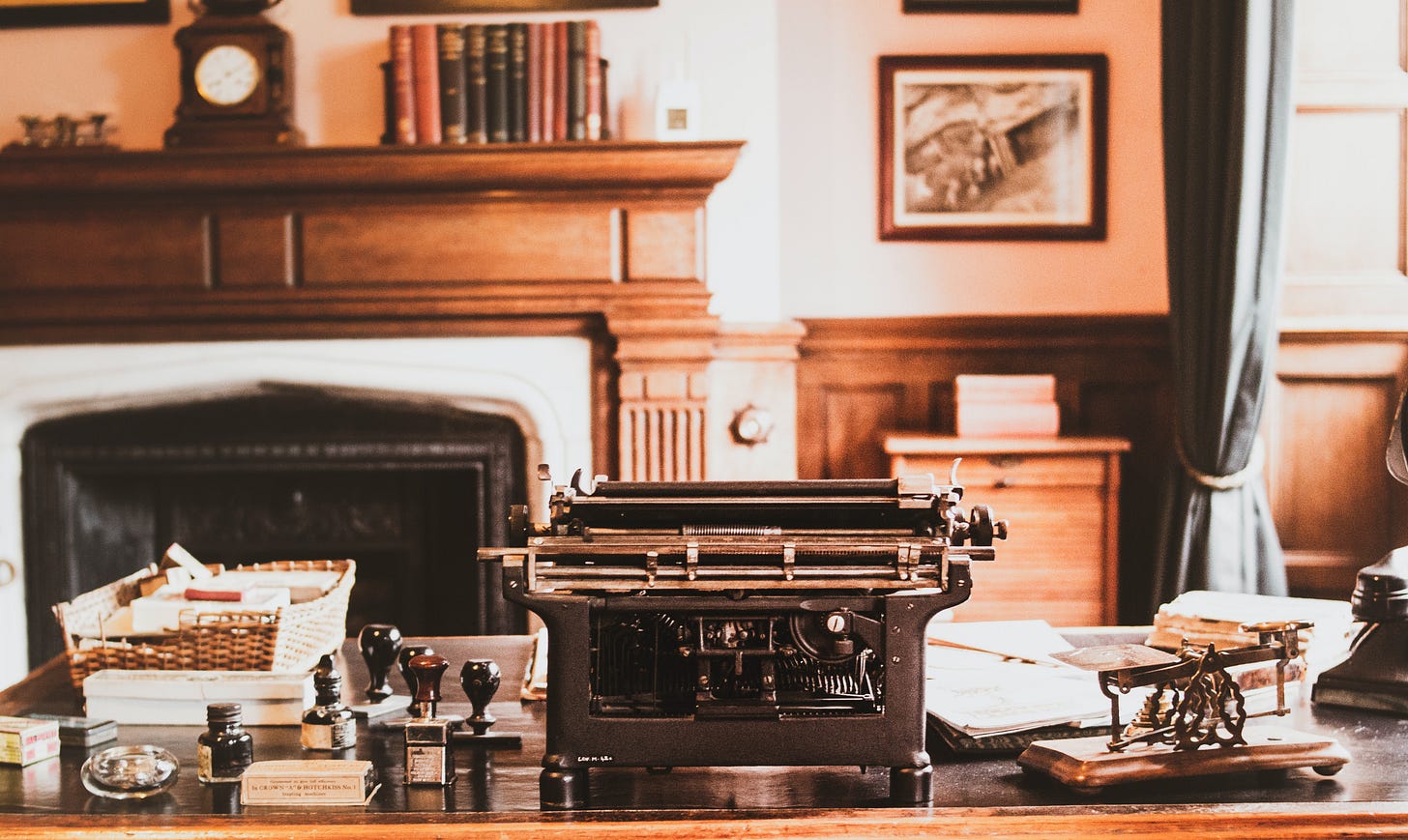Welcome to Part 2 of a series examining the short stories of some remarkable 20th century writers. This week is the turn of Dorothy Parker. If you are a free subscriber and would like to upgrade to paid, I’m offering a free 14-day trial. I have lots of great ideas bubbling to continue to grow this little slice of 20th century literary life, and would love to take you with me as we continue to explore the works of some inspiring women writers, as well as consider their intersections with our 21st century lives.
If you are unable to commit to a paid subscription, I still appreciate your support : ) Now - on with Dorothy Parker…
I was a late starter with the work of Dorothy Parker, famous for her one-liners, membership of the Algonquin round table, not to mention extensive collection of poetry, short stories, and reviews.
Discovering a copy of Parker’s Portable in a charity shop a few years ago, she unfolded to me as a feisty apparition of a favourite aunt your parents disapproved of. The one who has all the stories; knows the joys and the burdens of life and is willing to tell it how it is. Parker’s stories lay bare the frailties of women as she saw them and felt them, yet applauded their bravado.
The 1989 reprinted edition of her original Portable contains Parker’s short stories taken from her earlier collection, Here Lies (1936), and her many poems taken from Not so Deep as a Well (1939), as well as a selection of her reviews and literary journalism originally appearing in The New Yorker and Vanity Fair.
Writing the introduction for the original Portable Dorothy Parker, Somerset Maugham commented that: ‘Her style is easy without being slipshod and cultivated without affectation’. Her writing exposed the bitterest tragedies and frailties of the human psyche with such tenderness and pathos, yet displaying her humour, sarcasm, and an acerbic wit, causing the reader to be laughing and crying, often in the same sentence. Her poems have often been referred to as bitter and unwomanly, filled as they often are with a cynical eye. Reading them now, they are teeming with painful emotions and bittersweet reflections on human relationships; yet it is their humour, I feel, which burns through.
Brendan Gill, in his introduction to The Collected Dorothy Parker, says that Parker ‘enjoyed an early vogue’. In her poetry in particular she made many references to suicide, and Gill points out that there were many readers who were astonished to learn of her death in 1967 at the age of 73 from natural causes, assuming, as her work fell into relative decline, that she had died earlier. She had enjoyed fame and money for a time, but spent the last of her days outliving her husbands and lovers and most of her friends, in a hotel room in Manhattan with her dog and a bottle for company. She had often, in her youth, alienated friends due to her cutting wit.
Parker started writing in the permissive era of the 1920’s, a time littered with social change, particularly in the area of women’s lives. Such themes as drinking, smoking, dancing, and getting “caught” are prevalent in her work. The 1920s period reflected the relative freedom experienced by both genders, particularly of the upper and middle classes, prior to the second world war.
Born Dorothy Rothschild in 1893, in West End, New Jersey, her Scottish mother died in Dorothy’s infancy and she grew up with an increasing dislike of her strict father and step-mother, attending a Catholic convent school in Manhattan. She later held an editorial position at Vogue, quickly moving to Vanity Fair to become a drama critic, and queen of the wisecracks. She took the name Parker from her first husband, Edwin Pond Parker II.
She was one of a handful of writers credited with helping to form the character of The New Yorker, founded in 1925, and her short stories became known afterwards as the recognizable genre of ‘The New Yorker short story’ - which included such writers as Cheever and Salinger, amongst others - though they denied this ‘genre’ existed.
Parker’s work appeared in the magazine between 1926-1955, during which time she met the Hemingways and the Fitzgeralds whilst travelling, and finished her book of poems, Enough Rope, which became a best seller.
She married her second husband Alan Campbell, an actor-writer, who was also known to be bisexual, becoming pregnant although she went on to lose the child at three months. Working on movies with her husband, she became a political left-wing activist. The couple eventually separated, only to remarry three years later, staying married until his death in 1963.
Her stories often reflect the disparity in relationships between the genders. In ‘A Telephone Call’, Parker utilises, as she does in several of her stories, the use of soliloquy. This short piece features the female protagonist sitting by the telephone, relaying in monologue the suspense and agony of waiting for a call from her lover.
Keep reading with a 7-day free trial
Subscribe to A Narrative Of Their Own to keep reading this post and get 7 days of free access to the full post archives.





